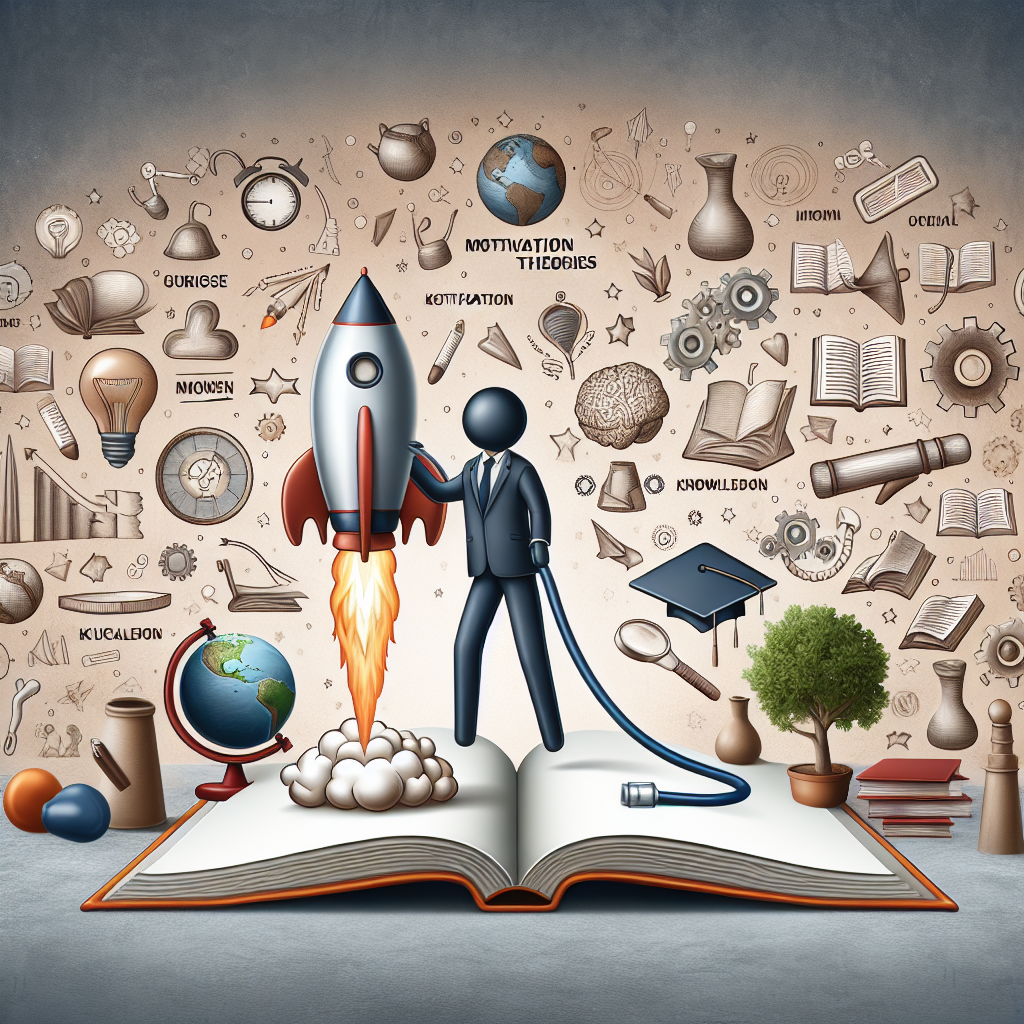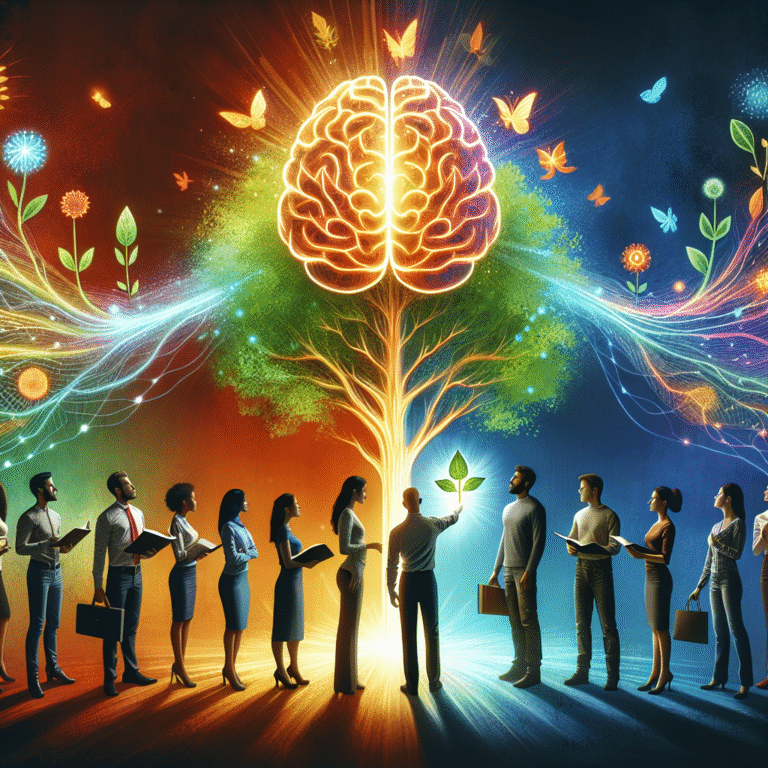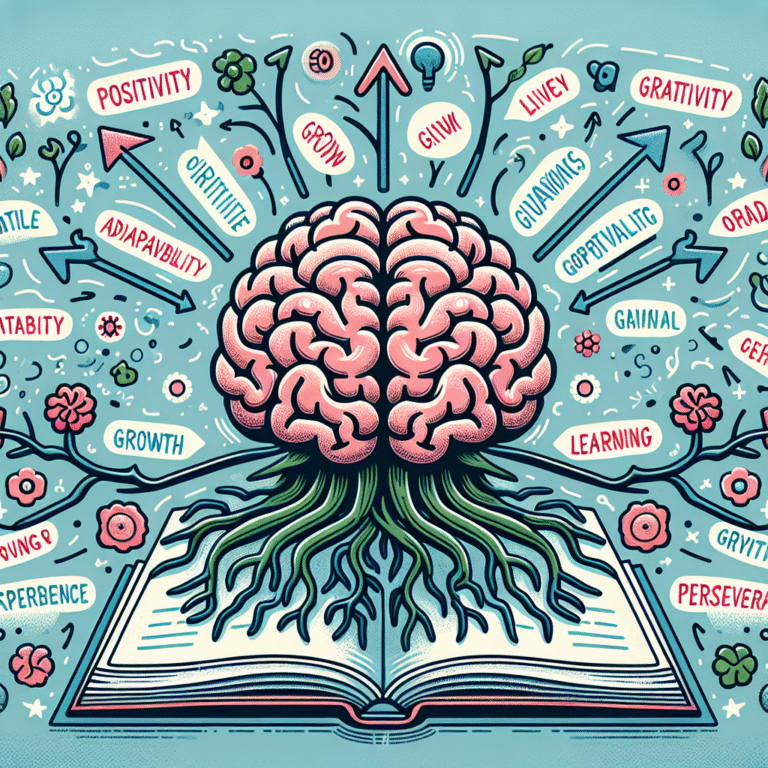
Introduction
In an educational landscape constantly evolving with new teaching techniques and technologies, the role of motivation theories cannot be overstated. Fueling Success: The Role of Motivation Theories in Education forms the bedrock of effective teaching and learning. As schools and educators strive to ignite a passion for learning, understanding motivation theories becomes essential. Here, we delve deep into how these theories can drive student achievement, foster classroom engagement, and create a thriving educational environment.
Imagine a classroom filled with eager minds, where students not only understand the material but are also excited about learning more. This scenario isn’t just a dream—it can be a reality when motivation theories are tactfully integrated into educational practices. In this article, we will explore various motivation theories, share real-world applications, and illustrate how they can profoundly impact student success.
Understanding Motivation Theories
Motivation, in the context of education, refers to the inner drive that prompts students to learn, engage, and persist in their educational pursuits. Various theories have emerged to explain what motivates individuals, particularly within a learning environment. Here are the major motivation theories relevant to education:
1. Maslow’s Hierarchy of Needs
Maslow’s theory posits that human needs are arranged in a hierarchy, ranging from physiological needs to self-actualization. For educators, understanding where students fall within this hierarchy can significantly influence their teaching approaches.
Application in Education:
If a student’s basic needs (like food and security) are unmet, they are less likely to thrive in school. Educators can create a supportive environment through programs that address these needs, ultimately contributing to a framework for Fueling Success: The Role of Motivation Theories in Education.
2. Self-Determination Theory (SDT)
SDT emphasizes the intrinsic motivation derived from autonomy, competence, and relatedness. According to SDT, when students feel that they have ownership over their learning, their engagement and persistence increase.
Application in Education:
Classroom projects that allow students to choose their topics ignite interest and creativity. For instance, a high school science class that permits students to design their experiments exemplifies how autonomy can foster engagement—this is a prime example of Fueling Success: The Role of Motivation Theories in Education.
3. Goal-Setting Theory
Developed by Edwin Locke, this theory focuses on the relationship between goal-setting and performance. Specific, measurable, achievable, relevant, and time-bound (SMART) goals can enhance motivation and performance in students.
Application in Education:
By helping students set and achieve their academic goals, educators not only keep students motivated but also foster a culture of success. An example is teaching students to set weekly academic goals and review them, cultivating ownership of their success.
4. Expectancy-Value Theory
This theory suggests that students’ motivation is influenced by their expectations for success and the value they place on the task. When students believe they can succeed and find the material valuable, their motivation levels rise.
Application in Education:
Incorporating real-world applications to the curriculum can increase the perceived value of tasks. For example, connecting math concepts to real-life budgeting illustrates how education is essential for future success, reinforcing Fueling Success: The Role of Motivation Theories in Education.
Case Studies Illustrating Motivation Theories
Case Study 1: Positive Behavioral Interventions and Supports (PBIS)
Background: PBIS is a proactive approach to establishing the behavioral supports needed for students to achieve social, emotional, and academic success.
Relevance: By using PBIS, schools have reported a reduction in behavioral issues and an increase in academic performance. The underlying motivation theory is rooted in Maslow’s Hierarchy of Needs; as students feel safer and more supported, their intrinsic motivation to learn increases.
Case Study 2: Project-Based Learning (PBL)
Background: PBL is an instructional approach where students learn by actively engaging in real-world and personally meaningful projects.
Relevance: Schools implementing PBL show significant increases in student engagement and motivation, connecting directly to Self-Determination Theory. Students who are involved in decision-making are more driven and successful, showcasing the essence of Fueling Success: The Role of Motivation Theories in Education.
Case Study 3: Goal-Setting Programs in Elementary Schools
Background: Schools that introduced goal-setting programs in their curricula saw students not only increase academic performance but also develop essential life skills.
Relevance: These programs demonstrate the efficacy of Goal-Setting Theory and its importance in education. By aligning students’ personal goals with academic objectives, educators foster essential motivation for student success.
Case Study 4: Career-Connected Learning
Background: Programs that connect academic content to career opportunities have begun to flourish in many U.S. high schools.
Relevance: These initiatives utilize Expectancy-Value Theory by demonstrating the relevance of education to students’ future careers, consequently increasing their engagement and motivation, aligning with the tenets of Fueling Success: The Role of Motivation Theories in Education.
Analyzing the Impact of Motivation Theories
The integration of motivation theories into educational practices does not merely enhance engagement; it transforms the educational experience altogether. Here’s how each of the aforementioned theories contributes uniquely to Fueling Success: The Role of Motivation Theories in Education:
| Theory | Key Focus | Educational Strategies | Impact |
|---|---|---|---|
| Maslow’s Hierarchy of Needs | Meeting basic needs | Supportive environments, counseling | Increased student well-being and success |
| Self-Determination Theory | Autonomy, competence | Choice-based projects, collaborative work | Higher engagement and intrinsic motivation |
| Goal-Setting Theory | Achievement of specific goals | SMART goals for projects | Enhanced performance and responsibility |
| Expectancy-Value Theory | Success expectations and task value | Real-world curriculum connections | Increased motivation and engagement |
Conclusion
Integrating motivation theories into educational strategies is essential for fueling student success. As we’ve explored, understanding the psychological underpinnings of why students learn can vastly improve teaching methodologies and classroom environments. To transform your educational practices, consider how motivation theories can work for you.
As educators and stakeholders in the educational system, we must strive for an approach that understands the importance of motivation in learning. By embracing the principles of Fueling Success: The Role of Motivation Theories in Education, we can create a thriving educational atmosphere that promotes not just academic achievement but also personal growth and lifelong learning.
FAQs
1. What are motivation theories?
Motivation theories explain the processes that initiate, guide, and maintain goal-oriented behaviors. In education, they help understand what drives students to learn.
2. How can Maslow’s Hierarchy of Needs be applied in the classroom?
Educators can create a supportive and safe environment, addressing students’ basic needs, which can enhance their ability to learn and succeed.
3. What is Self-Determination Theory, and why is it important?
Self-Determination Theory highlights the importance of autonomy, competence, and relatedness in motivation. It is crucial because it helps foster intrinsic motivation, making learning more engaging.
4. How can goal-setting impact student motivation?
Goal-setting helps students clarify expectations, track their progress, and maintain focus, resulting in higher motivation and improved academic performance.
5. How do motivation theories translate into real-world educational practices?
Motivation theories inform various educational practices, such as personalized learning, project-based learning, and collaborative projects, ultimately leading to enhanced student engagement and success.
By understanding and implementing these motivation theories, we can ensure that our educational practices not only fuel success but also enrich the lives of students, guiding them towards a brighter future.















